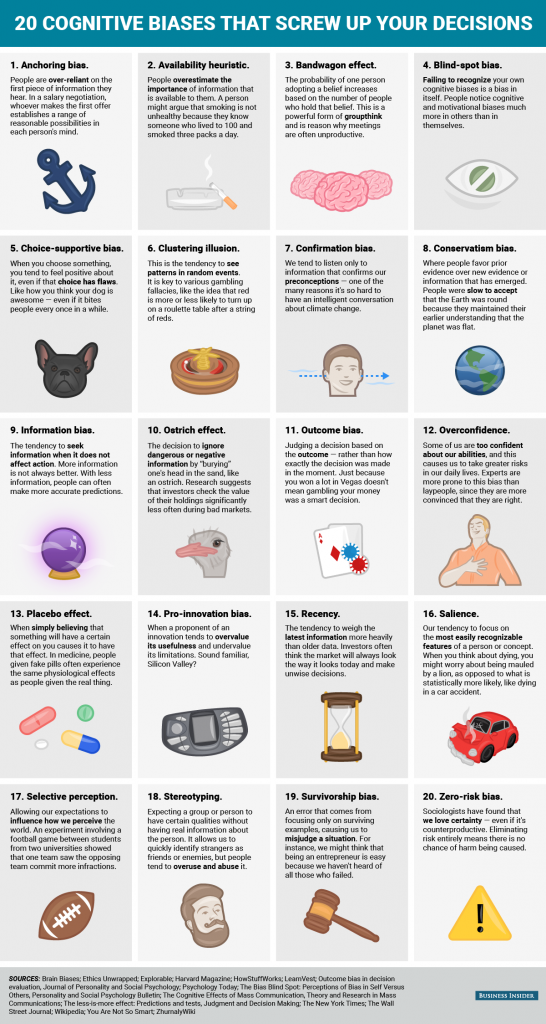Wikileaks has leaked TPP Treaty: Intellectual Property Rights Chapter – 5 October 2015.
View the leaked “TPP Treaty: Intellectual Property Rights Chapter, Consolidated Text” (PDF, HTML).
Much is objectionable in the “Intellectual Property Rights Chapter” of the Trans-Pacific Partnership (TPP), but nothing so pernicious as its attempt to destroy the public domain.
Extraordinary claim you say?
Consider the following:
Article QQ.H.2: {Presumptions}
1. In civil, criminal, and if applicable, administrative proceedings involving copyright or related rights, each Party shall provide:
(a) for a presumption 109 that, in the absence of proof to the contrary, the person whose name is indicated in the usual manner 110 as the author, performer, producer of the work, performance, or phonogram, or as applicable, the publisher is the designated right holder in such work, performance, or phonogram; and
(b) for a presumption that, in the absence of proof to the contrary, the copyright or related right subsists in such subject matter.
The public domain is made up of works that have been contributed to the public or on which copyright has expired. Anyone claiming copyright on such a work has the burden of proof.
If the TPP is confirmed, all those works in the public domain, the ones with the name of an author, performer, producer or publisher, are presumed to be under copyright.
If you are sued for quoting or distributing such a work, you have the burden of proving the work isn’t subject to copyright. That burden of proof will be at your expense.
The public domain is destroyed by a presumption hidden in section double Q, subsection H, subsection 2.
That’s not just my reading, check out: Copyright Presumptions and the Trans‐Pacific Partnership Agreement.
I haven’t seen an assault against the very notion of the public domain since the OASIS Rights Language TC.
The goal of the Rights Language TC was to create a content management system language required all content, free or not, to carry its header. And since the language wasn’t going to be free, you would be paying a tax to say your content was free or public domain. By default in the language.
Telcos could man the routers and prevent transmission of unlicensed content, i.e., without the header. The public domain was collateral damage in an effort to regulate transmission of content.
The Rights Language TC assault on the public domain failed.
Time to make the TPP assault on the public domain fail as well.
PS: Reach out to old friends, make new friends, activate your social networks. The problem is the Trans-Pacific Partnership, the solution is NO!



